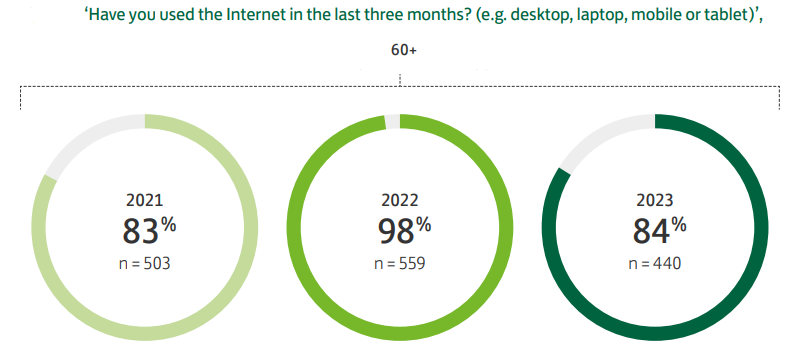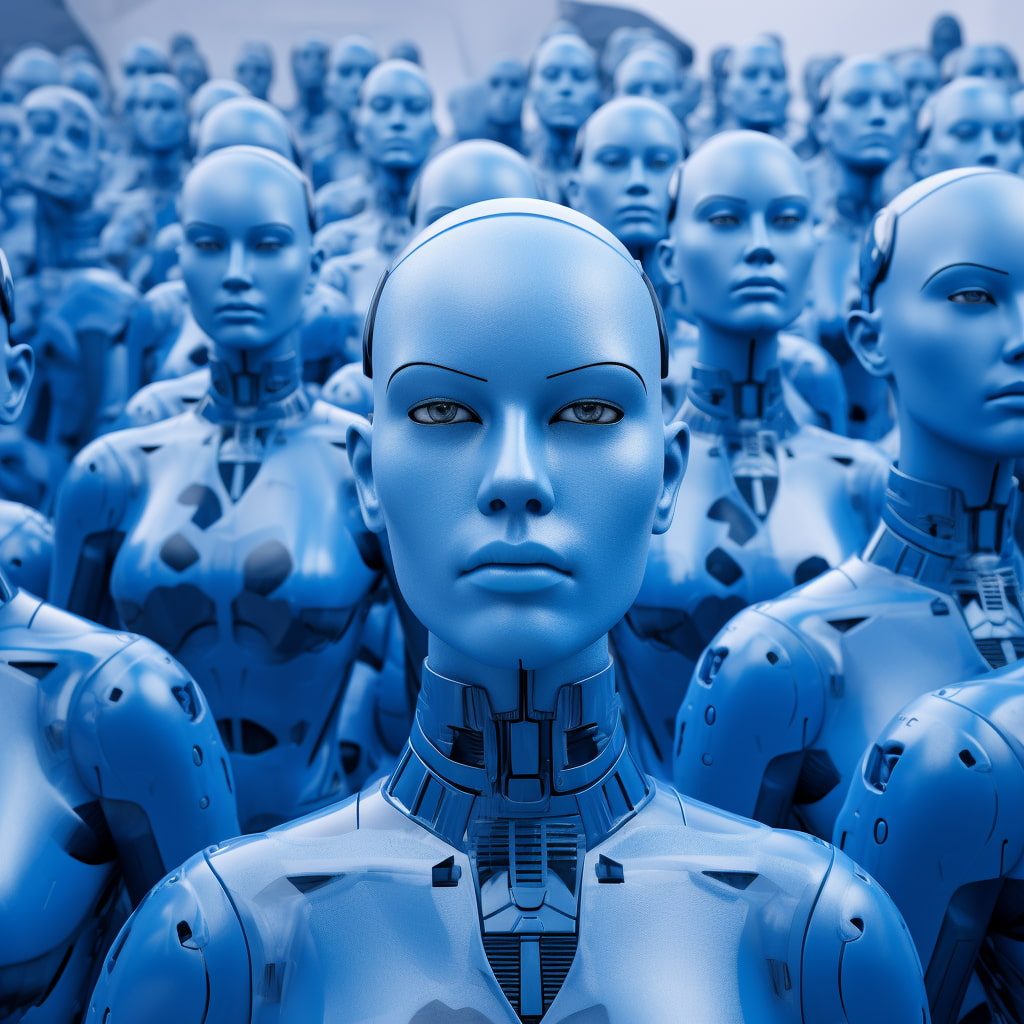Cutting-edge technology, HeinSight2.0, emerges as a game-changer in the field of chemistry, automating and optimizing workup processes with unprecedented precision.
In a groundbreaking development, researchers from the University of British Columbia, in collaboration with Pfizer, have unleashed HeinSight2.0, a computer vision system that promises to transform the landscape of chemical research. This cutting-edge platform leverages the power of artificial intelligence, real-time monitoring techniques, and semi-automated laboratory reactors, taking chemistry from automated to autonomous.
Redefining chemistry workup procedures
Chemical research has long grappled with the intricacies of monitoring and fine-tuning reaction processes to maintain consistent yields, purities, and compositions of reaction products. Enter self-driving laboratories, a fusion of artificial intelligence and robotics, poised to accelerate these processes while enhancing their reliability. Integrating computer vision, which captures, processes, and analyzes digital images of chemical reactions in real-time, propels these laboratories into a new era.
HeinSight2.0, the brainchild of Jason Hein and his research team, builds upon its predecessor, HeinSight, and sets new standards in chemical research automation. Unlike its forerunner, HeinSight2.0 is not just logical; it’s contextual. It possesses the ability to recognize objects and surfaces, transforming it into a highly responsive system. This means that it can decipher visual cues, such as a color shift from red to green, signaling the end of a reaction, and react promptly based on this information.
Moreover, HeinSight2.0 is more than just a scientific marvel; it’s a gift to the scientific community. The entire code is open-source, allowing researchers worldwide to adopt and adapt it for their experiments with ease. This openness aims to democratize reliable chemical workup data, a pursuit lauded by experts like Niek Buurma of Cardiff University, who emphasizes the need for more dependable data in the realm of chemistry.
Connecting the dots: Past to future predictions
Hein and his team have their sights set on the future. Their vision extends beyond automation to creating systems that can connect past events with future predictions. In essence, HeinSight systems are poised to adapt dynamically, guided by historical data.
The implications of HeinSight2.0 extend beyond the realm of chemistry. Automation not only bolsters safety and reproducibility but also champions equality and diversity in research. Individuals with vision impairments or conditions like dyspraxia can benefit significantly from the assistive capabilities of computer vision and automated systems.
HeinSight2.0 Revolutionizing the landscape: What it means
HeinSight2.0’s emergence marks a turning point in chemical research. It signifies the transition from labor-intensive, manual monitoring and adjustment to a seamless, autonomous workflow. With the ability to process visual data, it offers an unprecedented level of precision and responsiveness, ensuring that reactions are monitored and controlled with utmost accuracy.
Picture this: chemical reactions occurring in laboratory reactors, and HeinSight2.0 diligently overseeing the entire process. It continuously monitors solid residues, liquid levels, homogeneity, turbidity, and color changes in real-time. It doesn’t merely rely on predefined rules; it comprehends the context, adapting to visual cues, and responding promptly.
The accessibility revolution
One of the most notable features of HeinSight2.0 is its open-source nature. Researchers worldwide can readily access the program script and implement it on similar hardware. This accessibility revolutionizes the availability of reliable chemical workup data, breaking down barriers and fostering collaboration among scientists worldwide.
HeinSight2.0 has garnered praise from the scientific community. Niek Buurma, a prominent physical organic chemist at Cardiff University, recognizes the significance of this innovation. He emphasizes the crucial role that automation plays in collecting detailed workup data, which can subsequently undergo machine learning and optimization processes.
The future beckons: Dynamic adaptation
As HeinSight2.0 continues to make waves in the world of chemistry, the research team envisions an even more intelligent future. They aim to develop HeinSight systems that can discern patterns and connect past reactions with future predictions. This visionary approach holds the promise of further enhancing the efficiency and effectiveness of chemical research.
HeinSight2.0’s arrival heralds a bright future for chemistry. By seamlessly integrating computer vision, machine learning, and real-time monitoring into the heart of laboratory processes, it elevates the quality, speed, and accessibility of chemical research. As chemistry evolves into a more automated and data-rich discipline, the potential for groundbreaking discoveries and innovations becomes limitless.
HeinSight2.0 represents the epitome of innovation in chemical research. Its open-source nature, advanced automation, and adaptability promise to democratize reliable data, enhance safety, and drive progress in this vital scientific field. As the scientific community embraces this technology, chemistry is set to embark on a new era of discovery and advancement.





